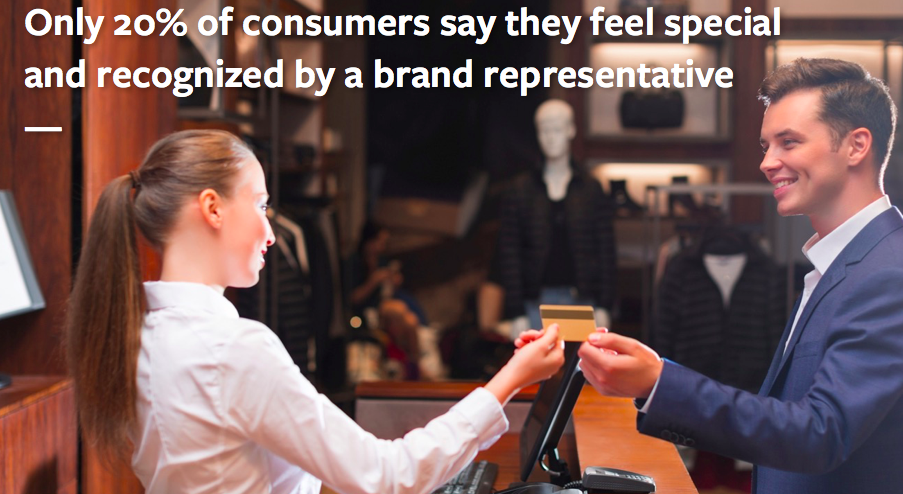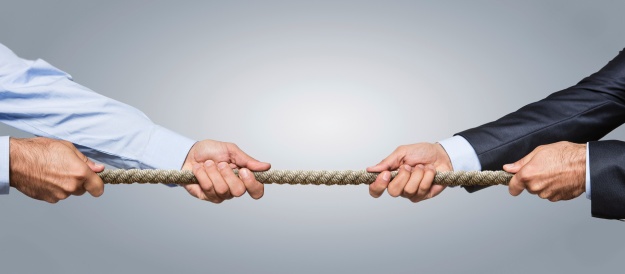Content Writer
Blog
Update on the Rise of Paid: Our Loyalty Report 2019 research found that interest in paid memberships continue to rise. 43% of members are willing to pay a fee for enhanced benefits.
As featured in TotalRetail.
“To fee or not to fee?” will be the question many retailers ask themselves this year, as paid loyalty programs steadily take hold. While the paid model isn’t new — Costco is a pioneer in this space and game-changer Amazon Prime launched back in 2005 — more retailers are viewing pay-to-play as a compelling option for both members and their businesses. Restoration Hardware, GameStop, Bed Bath & Beyond, and GNC have all jumped on board, and the pay-to-play movement will only grow from here.
Break silos. Demonstrate business impact. Focus on customer engagement.
Full disclosure, this is another article on customer journey mapping. However, let us reframe the conversation to focus on breaking down silos, making customer engagement the priority and quantifying business impact at every key interaction, beyond a single transaction. With our clients, we use a different kind of framework that considers the end-to-end customer journey.
Technology is rapidly changing customer expectations and the way they engage with your Brand.
The Loyalty Report 2018 finds that Members have moved from technology skeptics to champions as 95% of members want to engage with their Program through new and emerging technologies.
From our recent 2018 Executive Launch event, Sean Claessen shares his thoughts on how Loyalty technology has reached a tipping point.
Weclome to a guest blog by Andrew Dorn, Director of Marketing Channels at RedPoint Global, a proud partner of Bond Brand Loyalty.
Loyalty programs have become extremely popular in recent years, and for good reason. Providing rewards to repeat customers is a good way to get them to keep coming back. But that’s not the whole story. To truly engage consumers and keep them loyal to your brand, you need a comprehensive strategy that centers around understanding customer behaviors, preferences, and interaction histories. Only once you have built and implemented this customer engagement strategy you can be confident of driving greater retention and loyalty over time.
Back in 1997 when I began to lead a loyalty project for Shoppers Drug Mart with the code name “ASA” (an acronym for Acetylsalicylic acid), little did I know that 20 years later we would be witnessing the evolution of Canada’s favorite and most successful loyalty program. This past week’s announcement of the merger of these two iconic loyalty programs makes great business sense for the brands and their customers. The Shoppers Optimum program was originally tested in Kingston, Halifax and Calgary over a 16-month period. Towards the end of the pilot in 1999, approval was granted to launch the Shoppers Optimum Program nationally.
Loyalty Programs are critical to fostering effective Customer Engagement strategies for brands. They enable Customer acquisition, onboarding, engagement, retention, and even win back a brand’s Customers. Many strategic brand marketers have made their Loyalty Programs a key business imperative and have invested significant financial and human capital against this important endeavor. We often see many Loyalty Programs underperform or even fail because of poor Program design and planning. When designing or renovating your Loyalty Program, marketers should avoid:
A customer obsessed culture is the core ingredient to CX success – but cultural change can be a daunting and difficult journey. You know you’re on the right cutstomer centric path when your organization has developed:
Yes, brands are dazzling customers with virtual and augmented reality, interactive screens and AI-powered everything, yet this provides an opportunity for brands to differentiate through the emotional value customers gain from their entire purchase experience.
It means brands need to get better at being emotional. Customers want “emotional luxury” derived from feeling recognized, special, and known; yet, only 20% of consumers say they feel special and recognized by a brand representative. This is a massive, untapped opportunity for brands to better engage with consumers.
Almost all currency-based consumer loyalty Program designs inherently house a financial liability, which in many cases has a material impact on a brand’s balance sheet. Generally speaking, a brand incurs liability for a future loyalty Program reward as soon as it issues the Program’s currency (e.g., points, miles, credits, stars, etc.) to a Program Member. From an income statement perspective, there is a reduction in revenue as soon as the currency is issued to a Program Member. As such, the brand cannot account for the full sale, since a percentage will need to be remunerated in the form of a reward (or dividend) back to the Program Member upon redemption. The accounting principles which govern financial liability management are not for the faint of heart, and they more than often create an ongoing level of tension between a brand’s CFO and CMO. CFOs wish to minimize their currency liability and resulting financial exposure, while CMOs wish to issue currency to incent incremental transactional behaviors with the aspiration of maximizing Member redemptions.
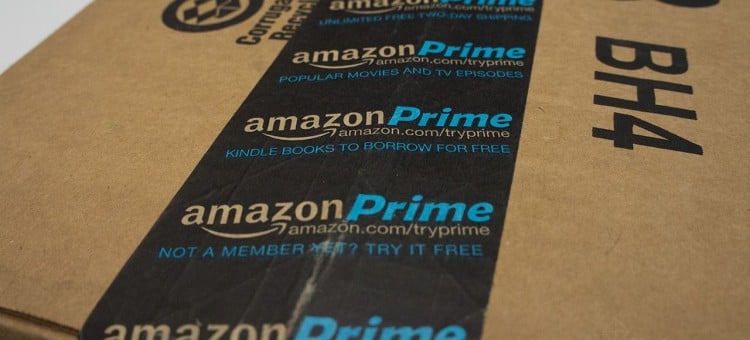
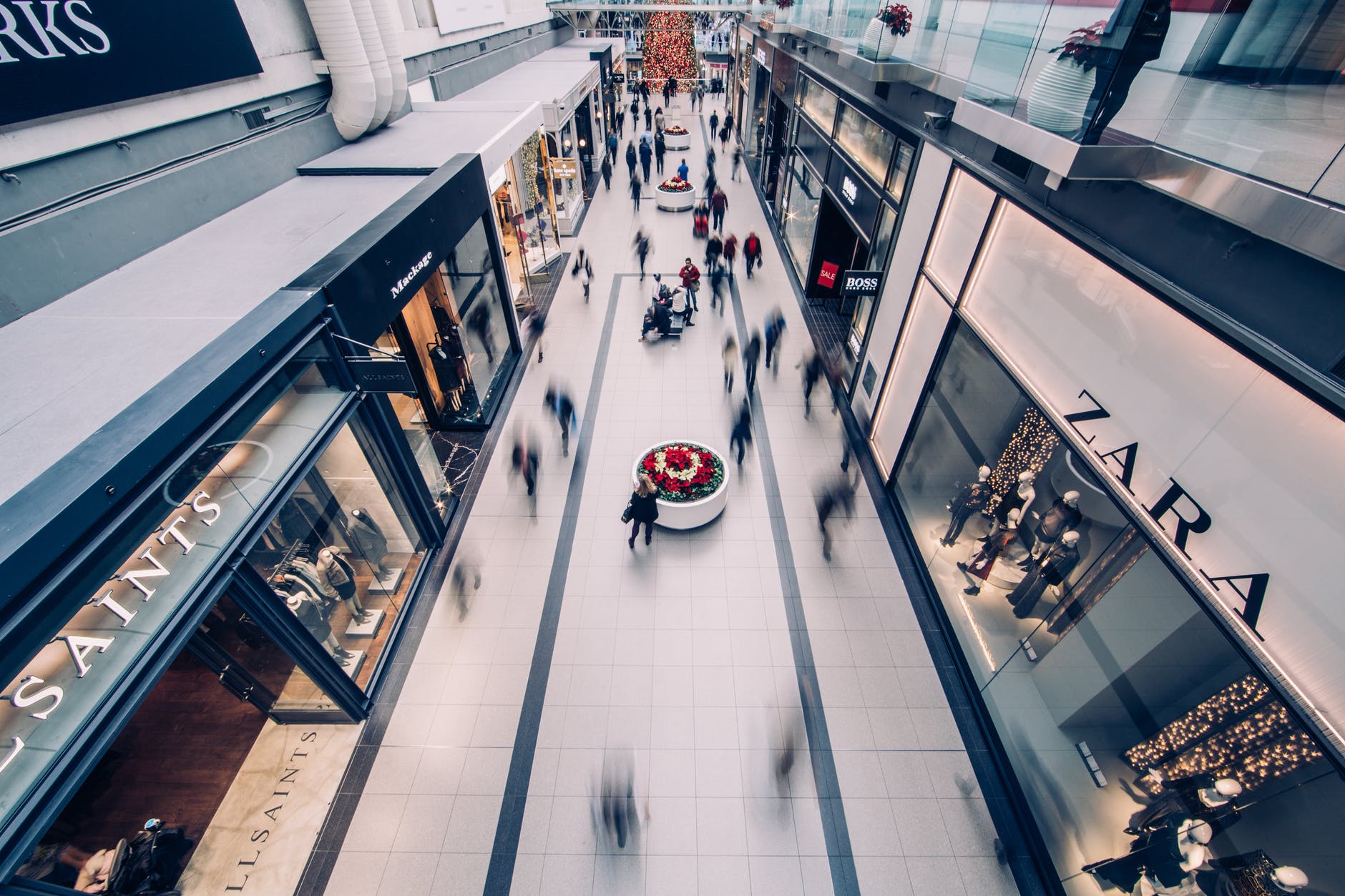

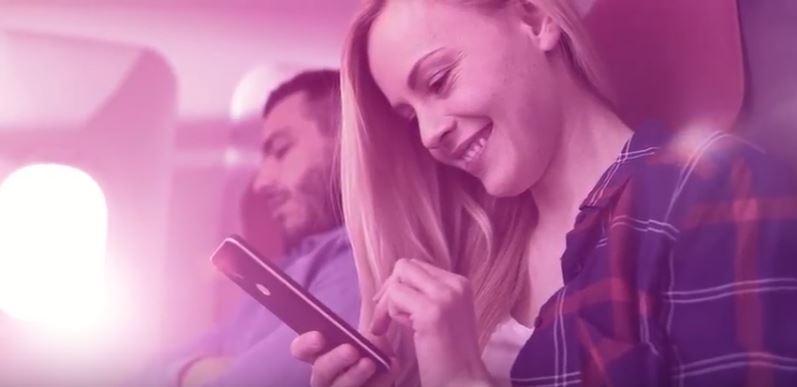
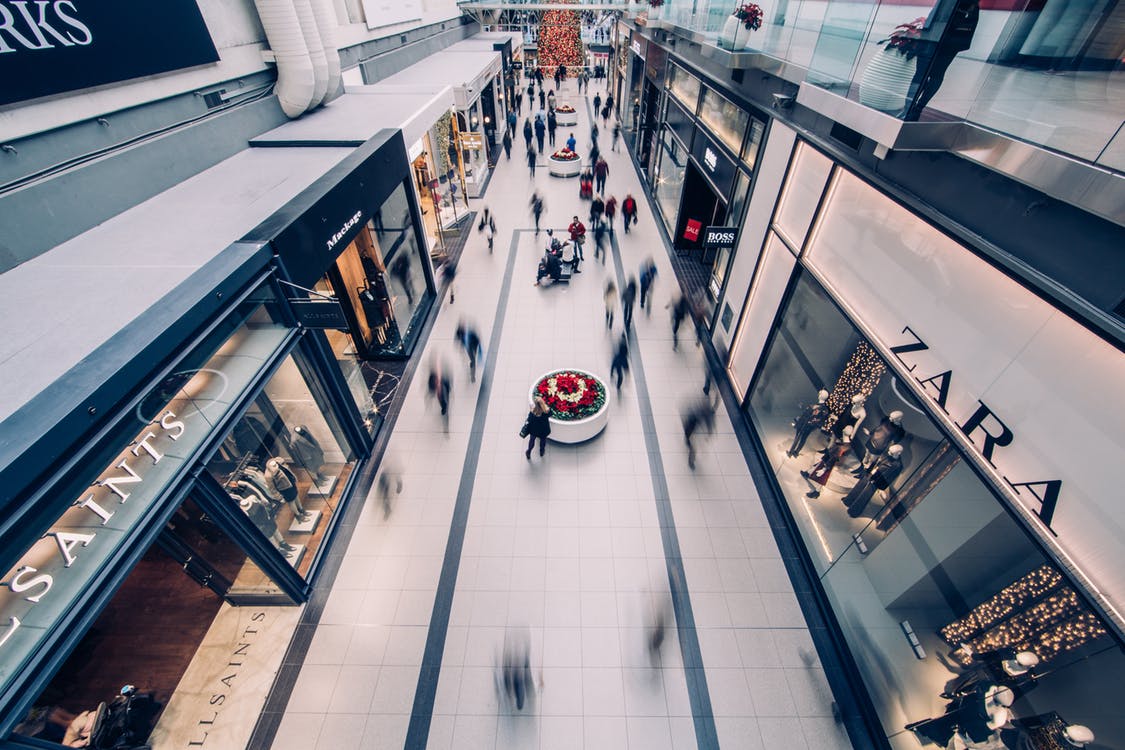
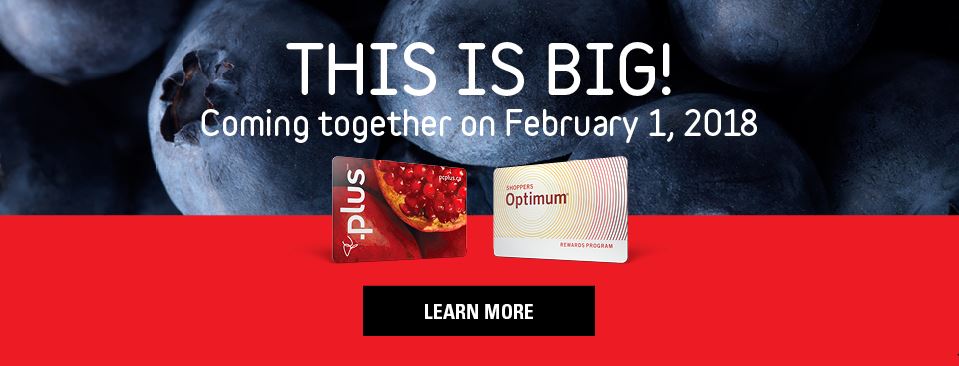
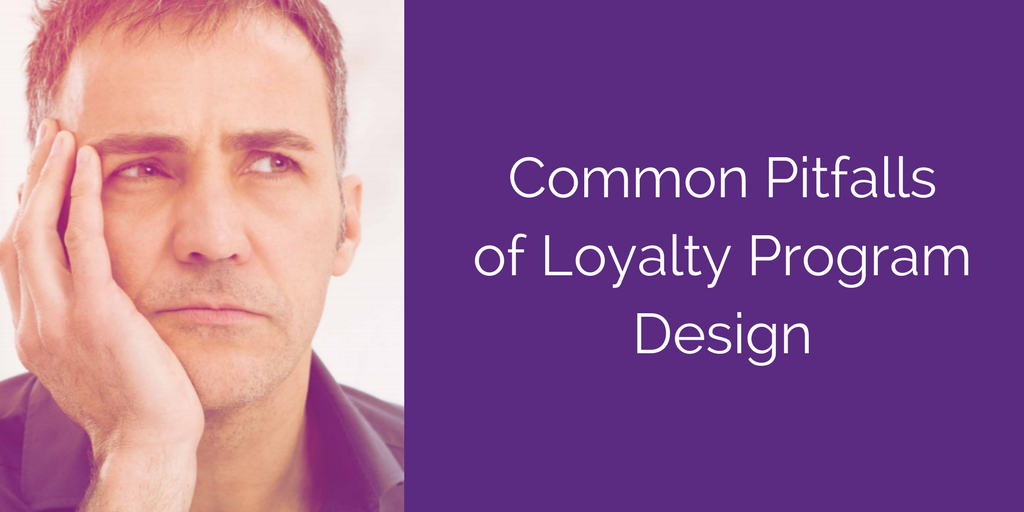
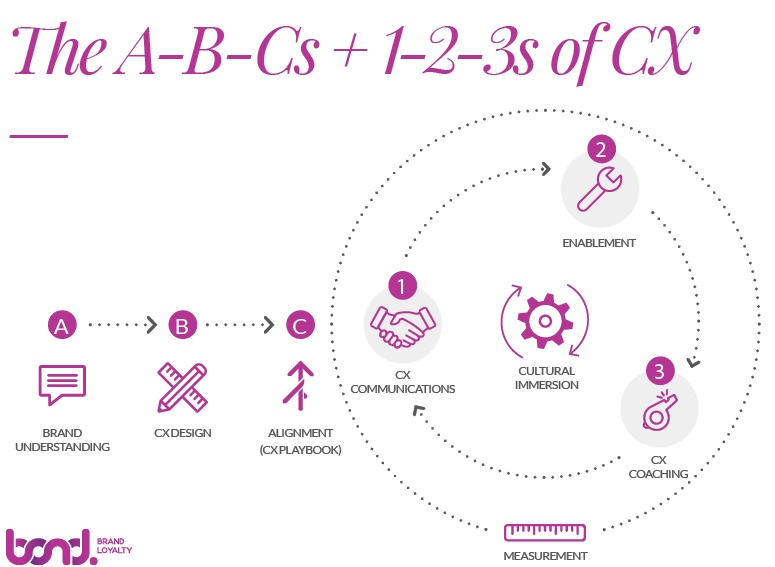
.png)
